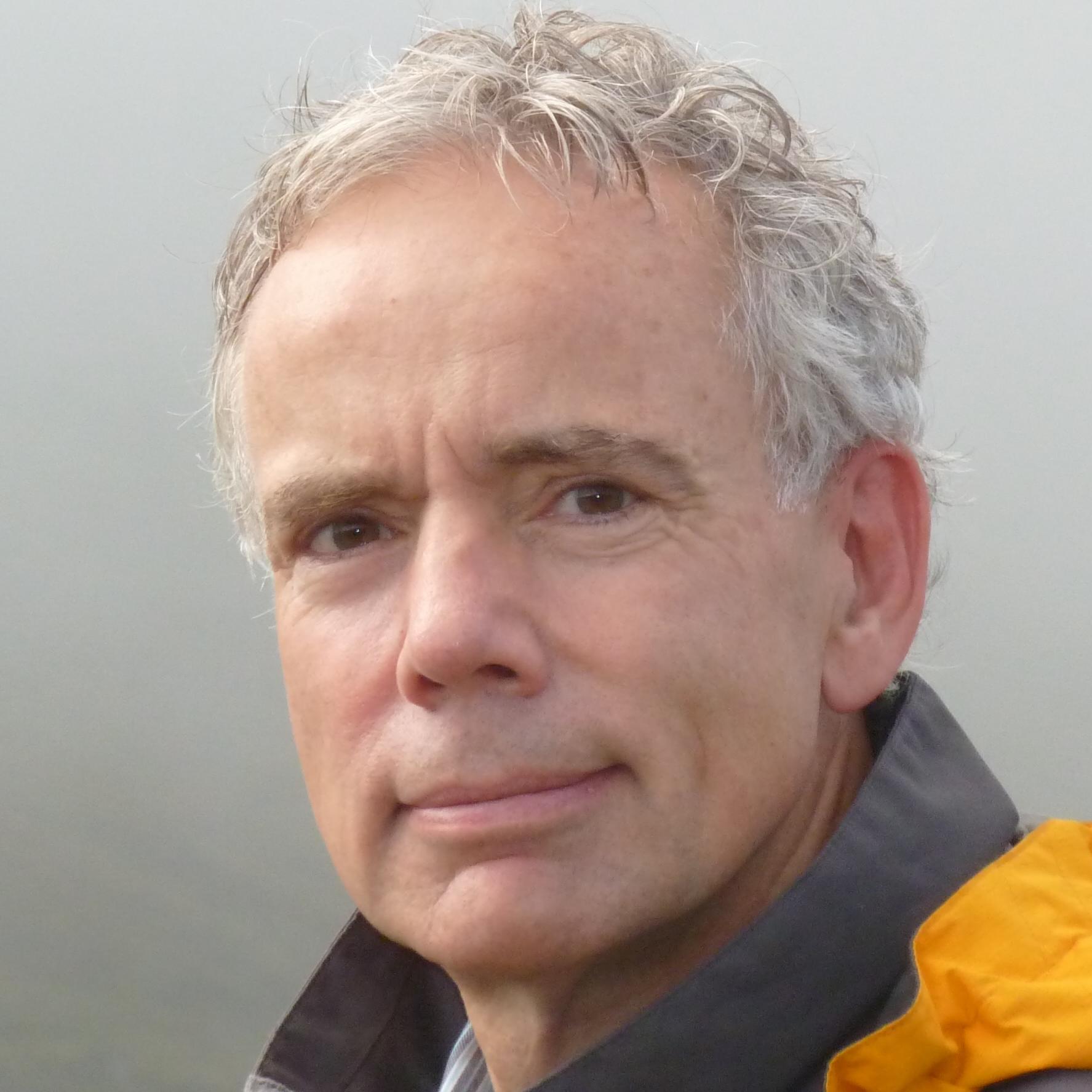Staff profile

| Affiliation | Telephone |
|---|---|
| Honorary Fellow in the Department of Archaeology |
Biography
I completed my PhD in 2018 at the University of Liverpool on the Great Orme Bronze Age copper in Wales, one the largest in Europe. By characterising the ores and metals it was possible, for the first time, to trace the mine’s metal distribution across Britain and into Europe indicating large-scale production and trade, revealing a copper boom in Britain around 1600 BC.
I originally graduated with a BSc (Hons) degree in Mining Geology, from the Royal School of Mines at Imperial College London. After working in metal mining and exploration (Cornish tin mining, Canadian gold and Swedish uranium exploration) I had a long research career with the international glass company, Pilkington (now NSG) as their chief geologist heading up the Raw Materials and Glass Compositions Department at the Pilkington European Research Centre. I was responsible for global sourcing and development of glass-making raw materials in over 20 countries and researching new glass compositions. In addition, I managed extensive laboratory research facilities (for glass melting and petrography) and produced numerous research reports.
Since taking early retirement in 2012 I have been applying my expertise in geochemistry, ore geology, mineralogy and pyrotechnology to important archaeological challenges in the field of prehistoric metal mining and smelting. My publications include many papers and three books on historic and prehistoric metal mining areas in Britain and Ireland. I also have a long-standing interest in Bronze Age tin since working at Wheal Jane tin mine in Cornwall as a student geologist. I jointly initiated the Leverhulme funded Bronze Age tin project to determine whether the exceptionally rich tin deposits of Cornwall and Devon powered the major technological and cultural transition from copper to full tin-bronze across Europe and beyond. I was awarded the Ben Cullen Prize in 2020 by the Antiquity Trust and was elected as a Fellow of the Society of Antiquaries in 2022
Research interests
- Bronze Age tin sources and trade networks
- Bronze Age archaeology of metal mining and smelting in Britain and Europe.
- European Bronze Age metalwork (copper, tin, gold, lead & silver)
- Prehistoric long distance trade networks and cultural connections
- Tracing metal sources and movements using isotopes and trace elements
- Experimental archaeology – ore smelting.
Esteem Indicators
- 2022: Elected as a Fellow of the Society of Antiquaries:
- 2020: Awarded the Ben Cullen Prize by the Antiquity Trust for his article in Antiquity:
- 2019: Consultant to RTE TV documentary based on my research on the Allihies copper mines in Co. Cork, SW Ireland:
- 2019: BBC TV, ITV and radio appearances and coverage in The Times and Current Archaeology on my research at the Bronze Age Great Orme copper mine.:
- 2019: Honorary Research Fellow, University of Liverpool:
- 2018: Peer reviewer for journal papers in Historical Metallurgy and the Journal of Archaeological Science:
- 2011: Presentation on glass-making raw materials to an All Party UK Parliamentary Group:
- 1976: Awarded the Clement Le Neve Foster prize for excellence in geology, mineralogy or mining:
Publications
Authored book
- Williams, R. (2023). The Great Orme copper mine and European trade. Archaeopress
- Williams, R. (1992). The Berehaven Copper Mines, Allihies, Co. Cork. (reprinted 1993, 1998, 2007). Northern Mine Research Society and reprints by Kenmare Book
- Williams, R. (1985). The Old Mines of the Llangynog District. Northern Mine Research Society
Chapter in book
- Williams, R. (2018). The Great Orme Bronze Age copper mine in North Wales: Opportunities to link ore to metal. In E. Ben-Yosef (Ed.), Mining for Ancient Copper: Essays in memory of Professor Beno Rothenberg 2013 conference (399-417). The Institute of Archaeology of Tel Aviv University
- Williams, R. (2017). The Great Orme Bronze Age copper mine: linking ores to metals by developing a geochemically and isotopically defined mine-based metal group methodology. In I. Montero-Ruiz, & A. Perea (Eds.), Archaeometallurgy in Europe IV 2015, Bibliotheca Praehistorica Hispana, vol XXXIII (29-47). Editorial CSIC, Madrid
- Williams, R. (2014). Linking Ore to Metal – Geochemical and isotopic opportunities to characterise and trace the metal from the Great Orme Bronze Age copper mine. In D. Brandherm, & G. Plunkett (Eds.), .) The Bronze Age in the Atlantic Archipelago. Proceedings from the Bronze Age Forum held at Queen’s University Belfast, 9th–10th Nov 2013 (145-175). Curach Bhan Publications
- Williams, R. (1995). Mining and Quarrying in Clwyd. In J. Bennett (Ed.), Industrial Minera – The Lead Mines and Quarries of Minera (1-14). Maelor Borough Council
- Williams., R. (1987). The High Mortality of British Metal and Slate Miners. In R. Bird (Ed.), Northern Mines Research Society Memoirs (18-33). Northern Mine Reserch Society
Conference Paper
Journal Article
- Williams, R. A., Montesanto, M., Badreshany, K., Berger, D., Jones, A. M., Aragón, E., Brügmann, G., Ponting, M., & Roberts, B. W. (in press). From Land’s End to the Levant: did Britain’s tin sources transform the Bronze Age in Europe and the Mediterranean?. Antiquity,
- Williams, R., & Carlier de Veslud, C. (2019). Boom and bust. Major copper production in Bronze Age Britain from the Great Orme mine and European trade c.1600-1400 BC. Antiquity, 93(371), 1178-1196. https://doi.org/10.15184/aqy.2019.130
- Melheim, L., Grandin, L., Persson, P., Billström, K., Stos-Gale, Z., Ling, J., Williams, R., Angelini, I., Canovaro, C., Hjärthner-Holdar, E., & Kristiansen, K. (2018). Moving metals III: Possible origins for copper in Bronze Age Denmark based on lead isotopes and geochemistry. Journal of Archaeological Science, 96, 85-105
- Williams, R. (2018). x Revealing the Bronze Age zenith of the Great Orme copper mine
- Williams, C., & Williams, R. (2012). Rediscovering the Lead, Zinc and Silver production of northeast Wales
- Williams, R. (2012). Hidden Bullion: Silver Production in northeast Wales
Other (Print)

